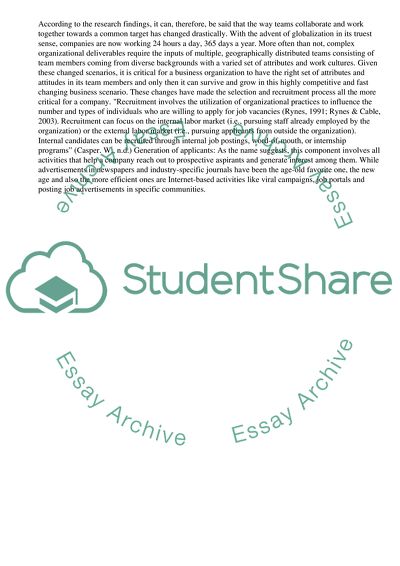Cite this document
(The Role of Recruitment and Selection Strategy Research Paper - 3, n.d.)
The Role of Recruitment and Selection Strategy Research Paper - 3. Retrieved from https://studentshare.org/management/1724208-the-role-of-recruitment-and-selection-strategy-in-supporting-employee-retention-within-a-complex-international-labour-market
The Role of Recruitment and Selection Strategy Research Paper - 3. Retrieved from https://studentshare.org/management/1724208-the-role-of-recruitment-and-selection-strategy-in-supporting-employee-retention-within-a-complex-international-labour-market
(The Role of Recruitment and Selection Strategy Research Paper - 3)
The Role of Recruitment and Selection Strategy Research Paper - 3. https://studentshare.org/management/1724208-the-role-of-recruitment-and-selection-strategy-in-supporting-employee-retention-within-a-complex-international-labour-market.
The Role of Recruitment and Selection Strategy Research Paper - 3. https://studentshare.org/management/1724208-the-role-of-recruitment-and-selection-strategy-in-supporting-employee-retention-within-a-complex-international-labour-market.
“The Role of Recruitment and Selection Strategy Research Paper - 3”, n.d. https://studentshare.org/management/1724208-the-role-of-recruitment-and-selection-strategy-in-supporting-employee-retention-within-a-complex-international-labour-market.


